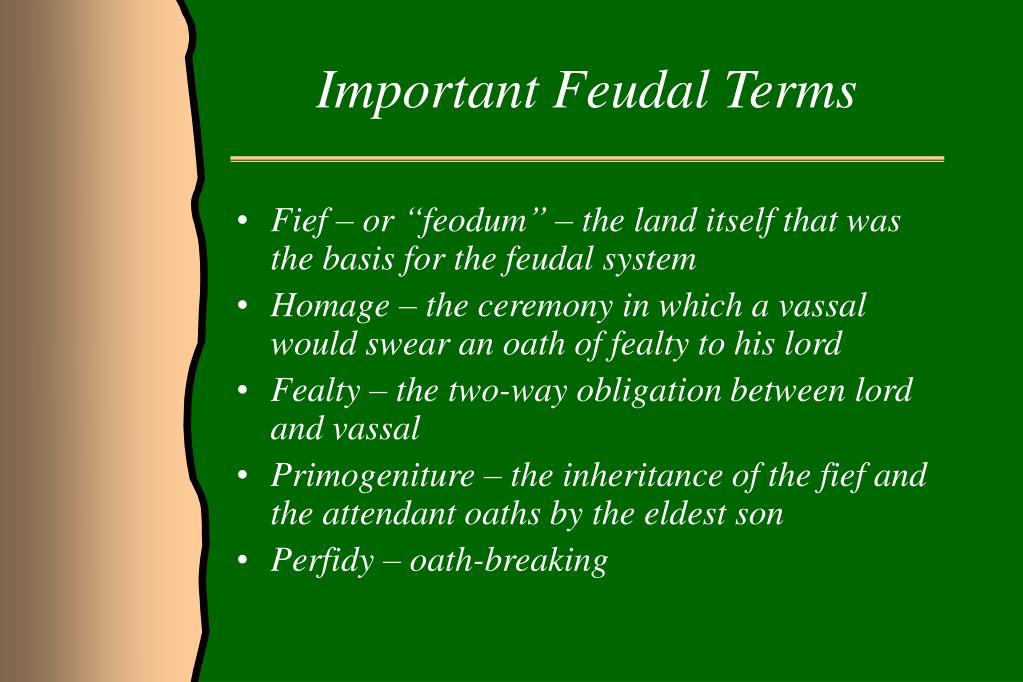
Most importantly, it is vital to my research to look at the bias of the narrator of the chronicle and how his status and purpose in writing Alfonso's chronicle affected how the characters are delineated. In order to portray these historical figures as an ideal male or female the chronicler explores what signified the archetypical mold of each gender to determine whether or not Alfonso X and Queen Violante did in fact conform to the traditional norms of medieval masculinity and femininity. These dismal dark ages are engendered by rapidly spreading disease, imposing enemies, and extortionate powers. Neglected arts, lack of education and corrupting powers depict a civilization overthrown by an age of darkness. By analyzing the Chronicle of Alfonso X, I look at how male and female identities are represented. However, these characteristics do more than define the lifestyle of a medieval society. My project focuses on the royal sphere of medieval society, exploring whether or not kings and queens were restricted to the same, stringent roles that the Middle Ages was centered around. Instead, women were confined to the roles of mother, widow, or virgin. Though we know that women intervened within these orders of society, they were undoubtedly restricted to the private sphere and left out of the hierarchy. Men were expected to exude dominance in order to be considered masculine, in terms of women, war, and authority. How and why did cultures transform during the Middle Ages (6.2.9). Males dominated feudal society, which was defined by the three orders of society (those who pray, fight, and work). Medieval Europe and how those changes led to a decline in feudalism. In circumstances similar to those of European feudalism during the Middle Ages, the power of local aristocrats grew during the. The Middle Ages is often labeled as a patriarchal society because of the rigid roles that assigned men to the public sphere, and women to the private. Barons were very rich.Gender is constructed by the society in which one lives, and due to this notion, it is essential to research and analyze the implications of being male or female during specific time periods.

The Barons kept as much of their land as they wished for their own use, then divided the rest among their Knights. They also had to provide lodging and food for the King and his court when they traveled around his realm. In return for the land they had been given by the King, the Barons had to serve on the royal council, pay rent and provide the King with Knights for military service when he demanded it. They established their own system of justice, minted their own money, and set their own taxes. They were known as the Lord of the Manor and were in complete control of this land.
#NEGATIVES OF FEUDALISM IN THE MIDDLE AGES FULL#
“How Important Was the Spice Trade to Medieval Europe?”įor the full “History Unplugged” podcast, click here ! Barons: Executors of the Feudal Systemīarons leased land from the King that was known as a manor. The men who leased land from the King were known as Barons, they were wealthy, powerful, and had complete control of the land they leased from the King. However, before they were given any land they had to swear an oath of fealty to the King at all times. He therefore typically allowed tenants he could trust to lease land from him. He owned all the land in the country and decided to whom he would lease land. The King was in complete control under the feudal system (at least nominally). One quarter was kept by the King as his personal property, some was given to the church and the rest was leased out under strict controls.Ī simple plan showing how the feudal system works: It was a simple, but effective system, where all land was owned by the King.

The feudal system had been used in France by the Normans from the time they first settled there in about 900AD. The feudal system was introduced to England following the invasion and conquest of the country by William I, The Conqueror.


 0 kommentar(er)
0 kommentar(er)
